You should read the docs on this warning to understand the problem and find relevant references.
A path traversal attack (also known as directory traversal) aims to access files and directories that are stored outside the expected directory.By manipulating variables that reference files with “dot-dot-slash (../)” sequences and its variations or by using absolute file paths, it may be possible to access arbitrary files and directories stored on file system including application source code or configuration and critical system files.
https://security-code-scan.github.io/#SCS0018
The problem with your code is that you accept and use the destinationFileName parameter without any kind of checking.
System.IO.File.Move(sourceFileName,destinationFileName);
The documentation provides a recommendation (checking for invalid filename chars and throwing an exception before using the parameter) and .NET Core provides a new type, PhysicalFileProvider, that may protect from path traversal.
The PhysicalFileProvider provides access to the physical file system. PhysicalFileProvider uses the System.IO.File type (for the physical provider) and scopes all paths to a directory and its children. This scoping prevents access to the file system outside of the specified directory and its children.
But, I don't know if SCS detects usage of this type correctly.
